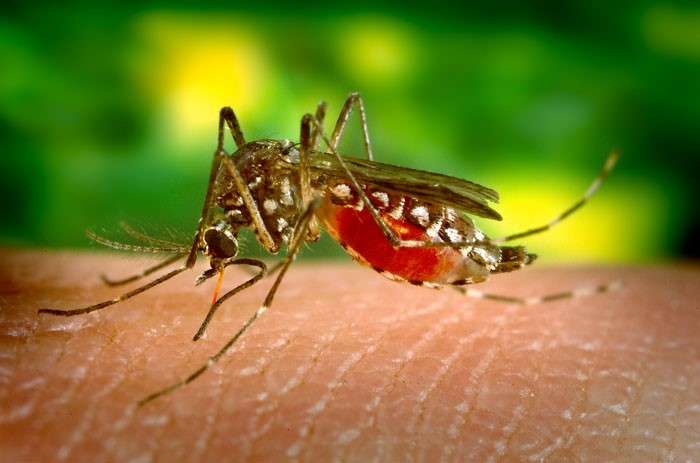Mosquito monitoring has limited utility in dengue control, study finds

Cross-sectional surveys of mosquito abundance carried out in the subtropics and tropics are meant to give researchers an indication of the risk of a dengue virus outbreak in any given area. This type of entomological monitoring, however, is not a good proxy for dengue risk, researchers report this week in PLOS Neglected Tropical Diseases. Comparison of cross-sectional measures of mosquito density to longitudinal measures demonstrate the limitations of periodic entomological monitoring as households with exposure to Ae. aegypti may be misclassified as unexposed at any single survey visit.
Dengue is caused by any of four genetically distinct dengue viruses, all spread to humans through the bites of infected mosquitos—most commonly Aedes aegypti. Every year, an estimated 100 million people around the globe contract dengue fever, which can cause symptoms ranging from mild pain to systemic shock and death. To pinpoint which areas to target with disease intervention programs, researchers and policymakers have traditionally turned to entomological monitoring surveys that offer snapshots of mosquito abundance in communities.
In the new work, Elizabeth Cromwell, of the University of North Carolina, and colleagues analyzed data collected during two longitudinal studies in Iquitos, Peru. The datasets included both Aedes aegypti mosquito abundance and dengue virus seroconversion among humans. One study spanned 1999 to 2003, the other 2008 through 2010. In total, entomological observations from 1,377 households that contributed data on mosquitos were linked with blood samples taken approximately six months apart from 3,824 individuals.
The researchers found no association between cross-sectional measures of Aedes aegypti abundance and the risk of infection with dengue virus, as measured by the blood tests. Longitudinal indicators fared better, with individuals residing in households with evidence of adult mosquito abundance over time were between 1% and 30% more likely to have seroconverted to dengue virus.
"Our findings should be considered in the development and revision of enhanced [dengue virus] surveillance guidelines," the researchers say. "Dengue control programs weighing the operational feasibility and cost of entomological monitoring against the limited utility of these indicators may wish to seek alternative monitoring frameworks that incorporate human dengue-related outcomes, such as passive case detection and, when possible, sero-surveys and active case detection."
More information: Cromwell EA, Stoddard ST, Barker CM, Van Rie A, Messer WB, Meshnick SR, et al. (2017) The relationship between entomological indicators of Aedes aegypti abundance and dengue virus infection. PLoS Negl Trop Dis 11(3): e0005429. DOI: 10.1371/journal.pntd.0005429
















